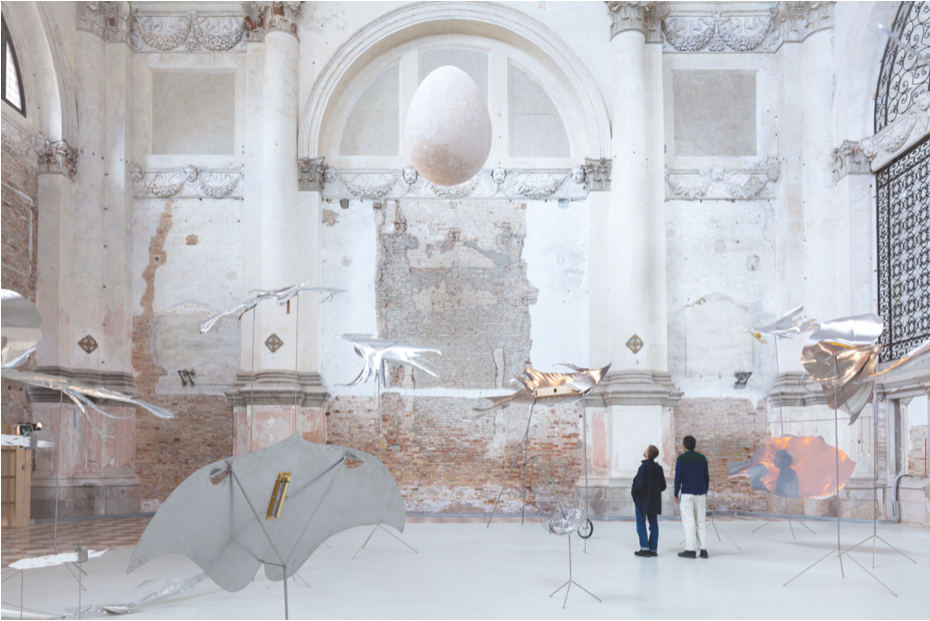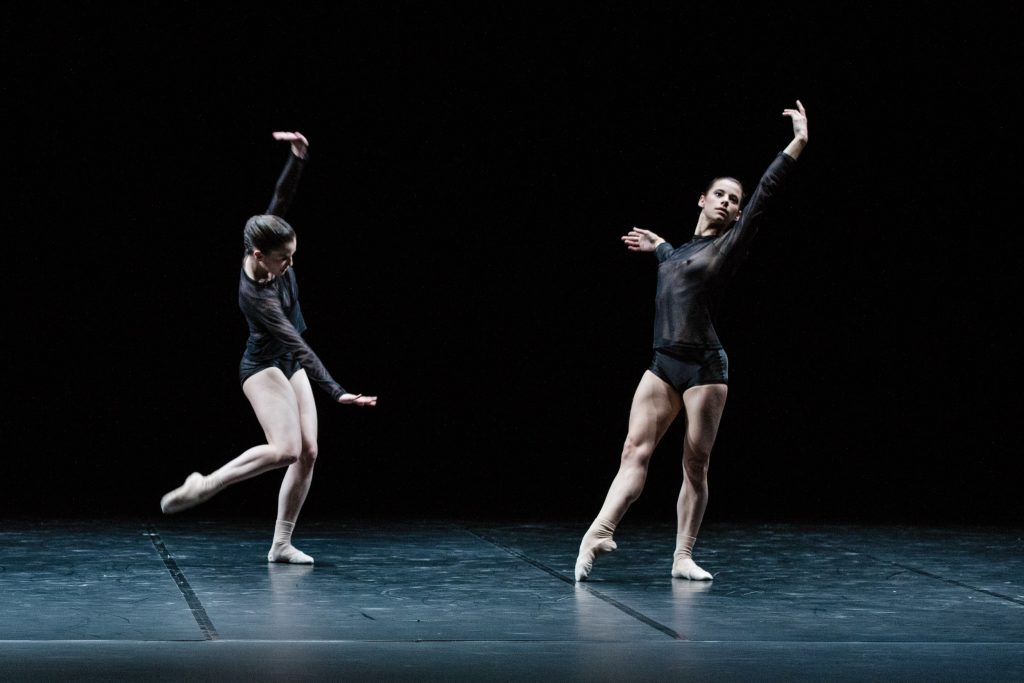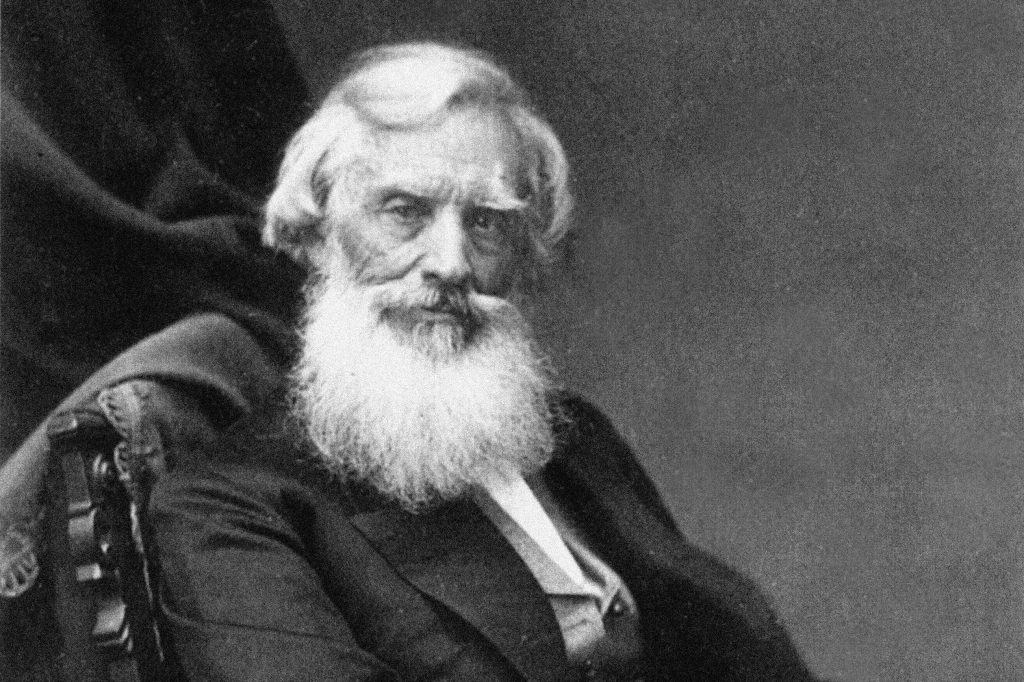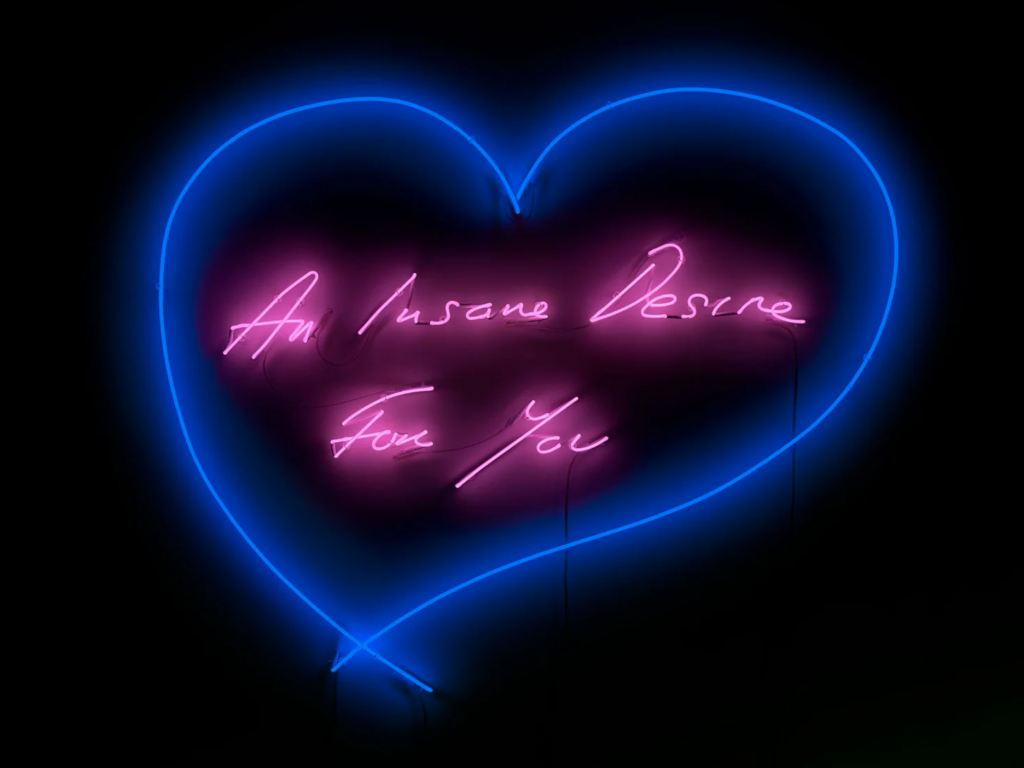Early life
Petrit Halilaj was born in 1986 in Runik, a small village in Kosovo. At the age of 12, Petrit had to leave his home to live in a refugee camp, as Runik was completely destroyed by attacks by the Serbian army against ethnic Albanians in what is now Kosovo. Life in the field was very difficult, so Petrit began to express his emotions in his first drawings: frightening images of war, but also birds and stars, elements of fantasy that helped him explore his dreams. The sheets and pencils gave Petrit the strength to live this difficult period.
Carreer
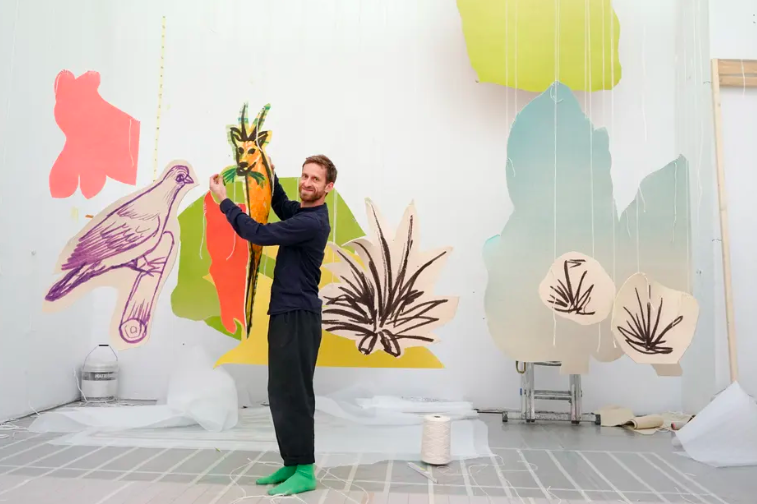
Petrit Halilaj’s journey led him to Italy, where he pursued studies at the Brera Academy of Fine Arts. It was on Italian soil that he embarked on his artistic career, subsequently navigating between Italy and various European locales. Berlin, in particular, provided a hospitable environment for his creative pursuits. Despite these broader horizons, he remained intimately connected to the small village of Runik, frequently returning. The constant shifts early in Petrit’s career prevented him from establishing a sense of home, prompting the artist to delve into the theme of belonging. This exploration became a central focus of his work, notably showcased in his renowned piece, “The places I am looking for, my dear, are utopian places, they are boring and I don’t know how to make them real.” Presented at the Berlin Biennale in 2010, this work involved the “reconstruction” of his childhood home using objects and fragments discovered in Runik years after the war’s outbreak. The profound impact of his experiences is evident in the thematic thread running through his art.
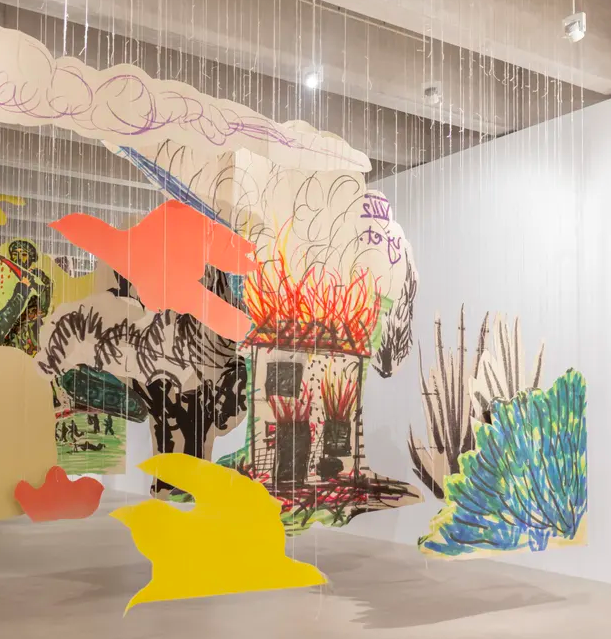
Petrit Halilaj over the years became a worldwide recognized artist, his works have been exhibited in several exhibitions and galleries between the United States and Europe. In 2018 he arrived at The New Museum in New York with a solo exhibition and in 2021 at the Tate Modern in London presenting a temporary exhibition entitled “Very volcanic over this green Feather”. Another art installation relevant to Petrit’s career worth mentioning is a solo exhibition presented at the Palacio De Cristal in Madrid in 2020. These are large metal structures of migratory birds that rest and live among large flowers that fall from the sky. It is a great triumph of love, each flower representing a personal message, dedicated to the family, his travels and his companion: Alvaro Urbano, also a well-known contemporary artist. In his more recent works the animals of his early childhood drawings come to life among flowers and plants, in a world where nature is at peace with the whole of creation.

In Venice
In Venice the artist arrived twice at the Biennale: in 2013 at the Kosovo pavilion and in 2017 at the Central Pavilion, where he presented his work “Abetare” thanks to which he obtained a Special Mention. Abetare is the title of the book that all children who speak Albanian receive at the beginning of their education: it is a memory of his childhood, but also a sign to remember the existence of a language that the war failed to eliminate.
This year Petrit Halilaj made his last visit to Venice on the occasion of the exhibition created for OceanSpace, which can be visited from 22 April to 5 November 2023.
In this context Petrit, the companion and artist Alvaro Urbano and the artist Simone Fattal have created an exhibition entitled “Thus waves as in pairs“. The opening of the exhibition was preceded by a performance called “Concert for 7 sculptures and 7 musicians” in which Alvaro and Petrit moved among the spectators disguised as seagulls, animals on the edge between the urban and the natural well known to the city of Venice. The performance was held in the church of San Lorenzo and then moved inside, accompanied by the sound of instruments and the movements of futuristic animals.
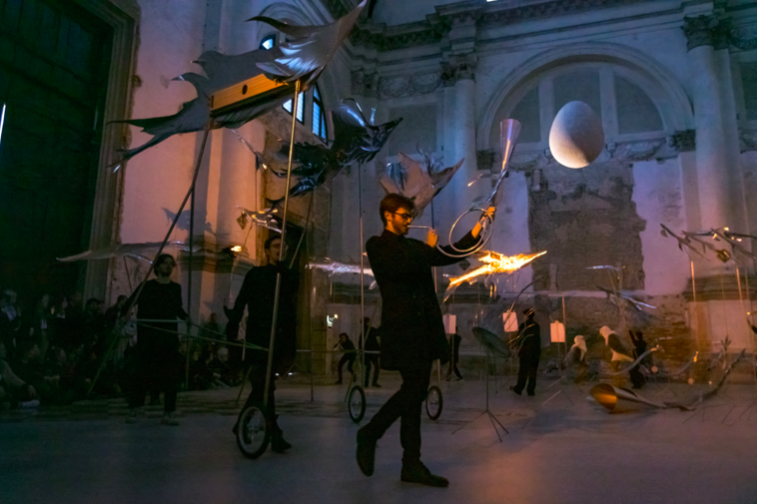
The art pieces and performances showcased in this project were conceptualized specifically for the Ocean Space program, focusing on the Mediterranean Sea. The participating artists aimed to unveil a surreal and unconventional vision of the future within these spaces, one where human existence is intricately tied to the emergence of novel animal and plant species. Ocean Space, a Venetian initiative dedicated to artistic and environmental endeavors for sea conservation, backed this exhibition project. In its previous edition, the program spotlighted the Mare Nostrum. The Mediterranean, a region grappling with climate change at a rate 20% higher than the global average, poses a substantial threat not only to its ecosystem but also to human lives. This stark reality frames the context of the exhibition, painting a potentially dystopian or fantastical future where humanity must confront unfamiliar flora and fauna. The showcase titled “Thus Waves as in Pairs” presents a speculative scenario, offering a glimpse into what lies ahead.
Noteworthy among the exhibited works are Simone Fattal’s two gray statues flanking the altar of San Lorenzo, portraying Màyya and Ghalyàn, characters of popular legends of Arab and Middle Eastern culture. These cultures hold a significant place in the artist’s identity, hailing originally from Syria and Lebanon.
In the same context Petrit Halilaj and Alvaro Urbano collaborated in the realization of several installations, among them stood inside the church “Lunar Ensemble don Uprisng Seas“, a large egg hanging with a thread to the ceiling, near the old altar: a large moon that has always represented the symbol of rebirth, as well as being an element capable of influencing and directing the tides of the waters, and in particular those of the lagoon, but also, always, a symbol of rebirth hanging from the ceiling above an altar can only remind us of the masterpiece of Piero della Francesca, which undoubtedly was a point of reference for Petrit during his training in Brera.
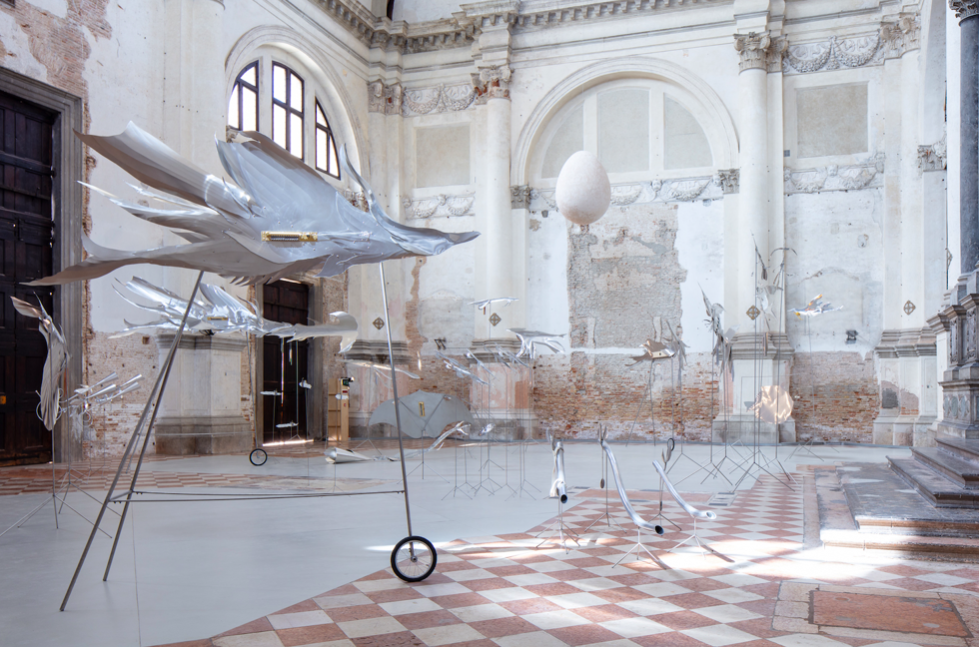
In a world of colorful animals and plants, Petrit’s art leaves no room for gray and sad memories of his childhood; his lively works are a hymn to hope for the future, in which we hope that history and memories can find a space to unite, a space that Petrit himself defines as “small nests” in which to rest. His art speaks of a message of optimism, emphasizing the possibility of transforming even the most difficult memories into spaces for growth and rebirth; and, by analogy, it tells us about how in the most unlikely ecosystems you can still find elements of belonging.

